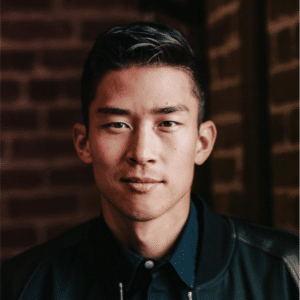The 2020 Census highlights AAPI population trends throughout the past decade.
Anti-Asian hate crimes have risen since the pandemic began. Some locals are suddenly afraid of communities they’ve lived in for decades; others believe racism and xenophobia have always been there.
Kim Bellware, Anne Branigin, and Shannon Liao shared Asian migration stories and how these communities have grown, live the American life, and endure and fight racism in four places around the United States.
The Chinese Community in Cleveland, Miss.
The earliest immigrants arrived in the 1870s to work in the cotton fields. Delta Chinese population and establishments have declined over the years, but their legacy shaped the region. The last Delta Chinese are preserving and sharing their past.
Working in cotton fields proved too demanding and low-paying for immigrants seeking to send money to their relatives in China, and anti-Chinese immigration policies, particularly the 1875 Page Act that prohibited Chinese women, discouraged additional Chinese immigrants from coming to the U.S. to work as workers. However, merchants and their families were excluded.
Merchant Chinese immigrants had also endured discriminatory rules in the U.S., including limits on where they could reside or attend school. They also had to negotiate a culture sharply divided by Black and White when they were neither.
The Delta Chinese experienced bigotry and exclusion, but also camaraderie. In the museum’s records are contracts between two Chinese families in Greenville, Miss., and Jewish property owners. The Chinese families had paid off a rental, in essence owning the property, and the Jewish landlord would keep it in trust until they could buy it officially.
In the late 1960s and early 1970s, the number of Delta Chinese peaked and began to fall as fourth- and fifth-generation Americans went for education and job elsewhere.
Khmer Community in Cleveland, Miss.
In the 1950s and 1960s, affluent Cambodian students studied at California State University for a foreign exchange program. Many were children of government officials and diplomats.
In the 1970s, refugees fled the Khmer Rouge, which slaughtered roughly 2 million people.
However, in 2002, Cambodia and the US reached a repatriation agreement that might deport Cambodian criminals. ICE deported 218 Cambodians between 2016 and 2018, NPR reported.
Longtime residents are fighting to maintain the pride in being part of the largest population of Cambodians outside of Cambodia and have marched against deportations that threaten to rip families apart and for affordable housing.
Filipino Community in Philadelphia
The earliest waves of Filipino migration during the U.S. colonization of the Philippines, from 1898 to 1945. The first of these migrants were U.S. Navy hired Filipino naval officers as messmen and stewards.
The U.S. administration wanted Americanized Filipinos to come home and lead, to build colonizer-subject ties by quelling Filipino opposition to the U.S. after the Philippine-American war concluded in 1902.
As Filipino seamen settled in the city, “pensionados,” elite U.S. college students also came. The word “pensionado” stems from the $500 pension the U.S. government paid each scholar, equivalent to $16,400 today.
Today, Filipinos account for more than a quarter of migrant nurses in the U.S. and 4% of all nurses, according to the Migration Policy Institute. Census data shows Filipino Americans make up 1.2% of the U.S. population.
Indian Community in Edison, N.J.
Edison, a township with a population of more than 100,000, is 48.6% Asian, up from 29% back in 2000. Residents told the Washington Post that it’s a quiet community where immigrants come for decent schools and work. Its charm has only grown during the pandemic, which has fueled a real estate boom in the suburbs.
Middlesex County has one of the largest Indian populations outside India. Kalita, who created URL Media and Epicenter NYC, claimed South Asian immigrants including Pakistanis and Bangladeshis are drawn to Edison’s “schools, ethnic grocery stores, even funeral parlors that know the cultures and customs of an immigrant population.”
As Edison and Middlesex have become more Asian, there has been however a backlash. Residents recount a campaign against Asian migration in the region, including pamphlets addressed to houses in 2017 claiming: “The Chinese and Indians are taking over our town!”
The surge in racist rhetoric during the Trump administration trickled down into local politics despite Edison’s diversity and large, visible immigrant population.


